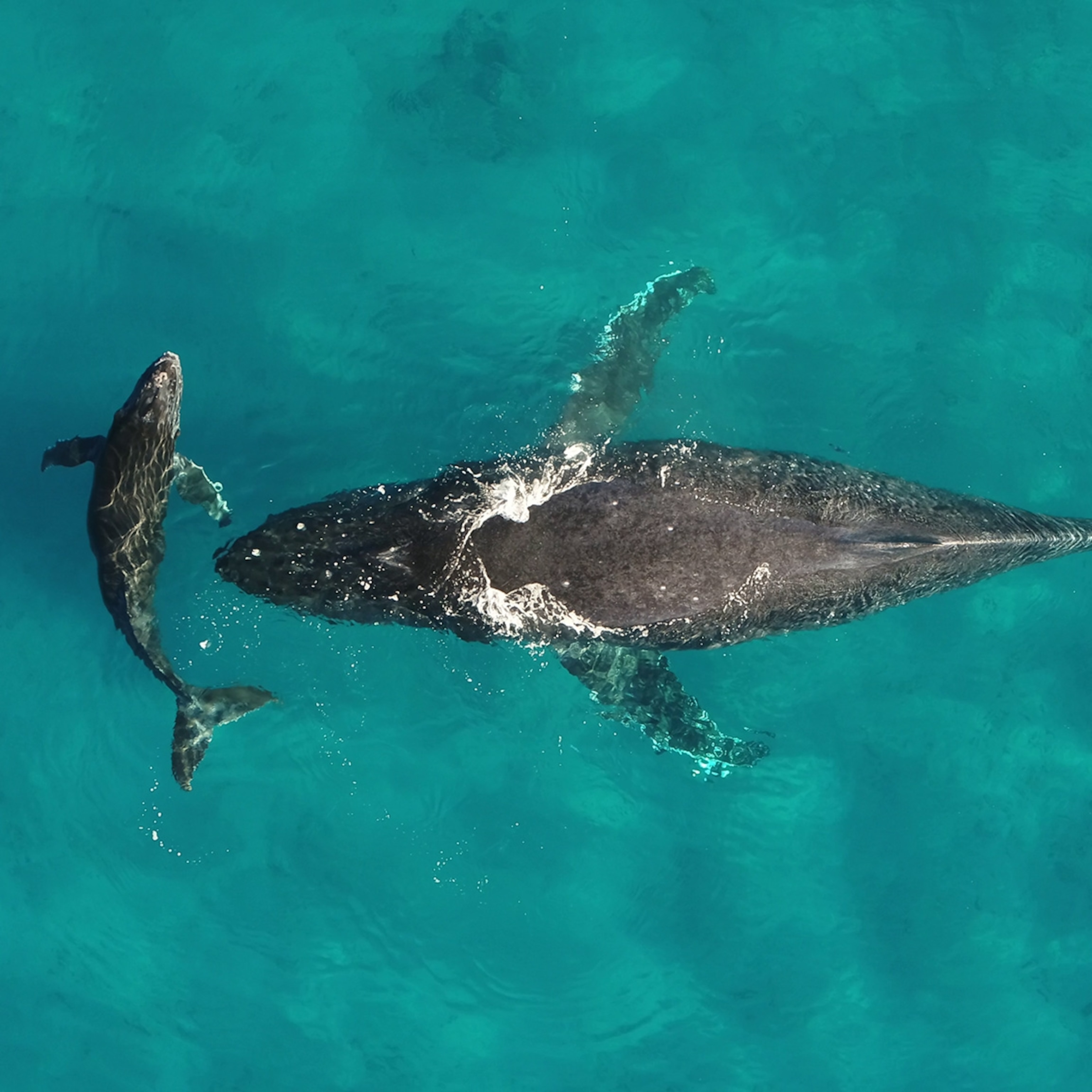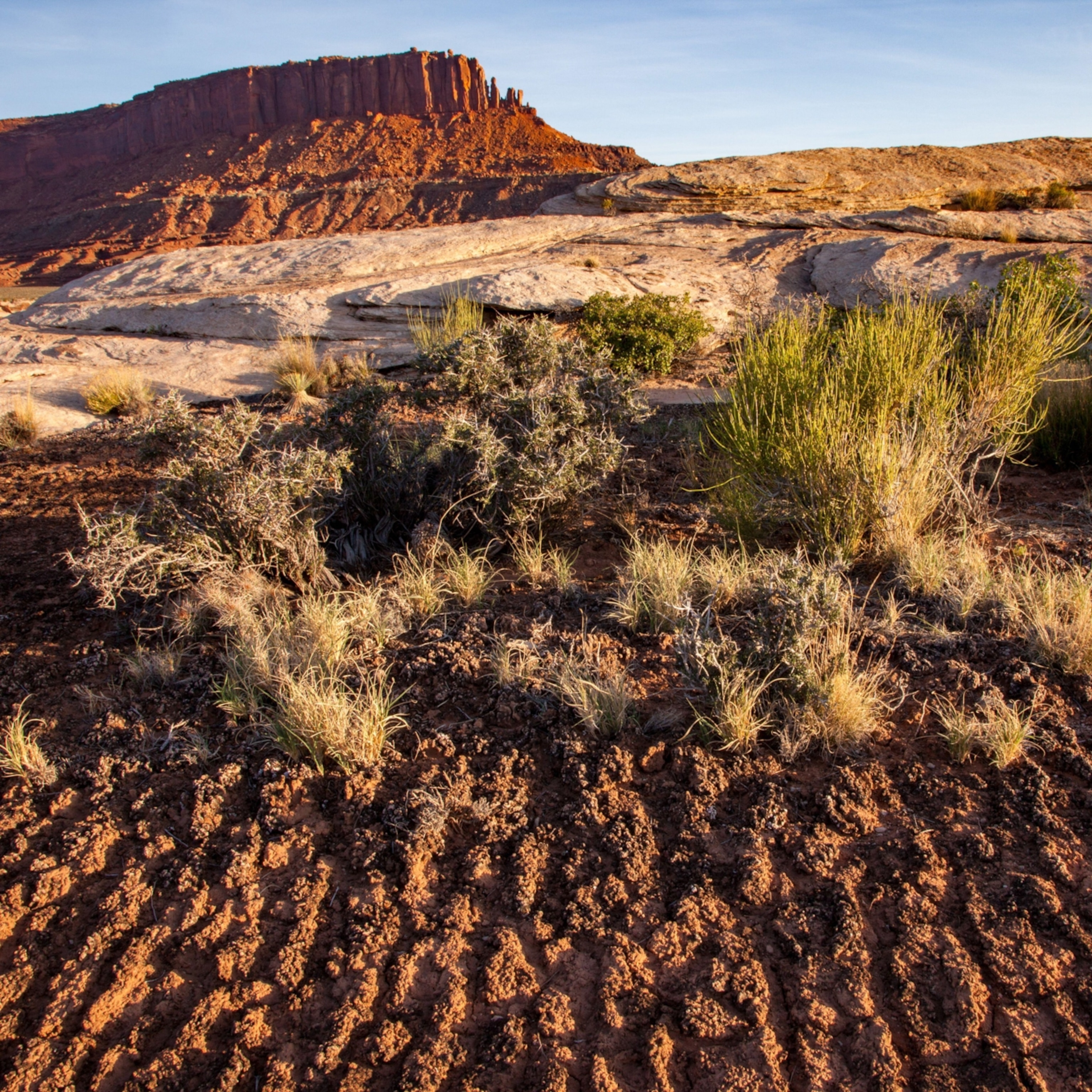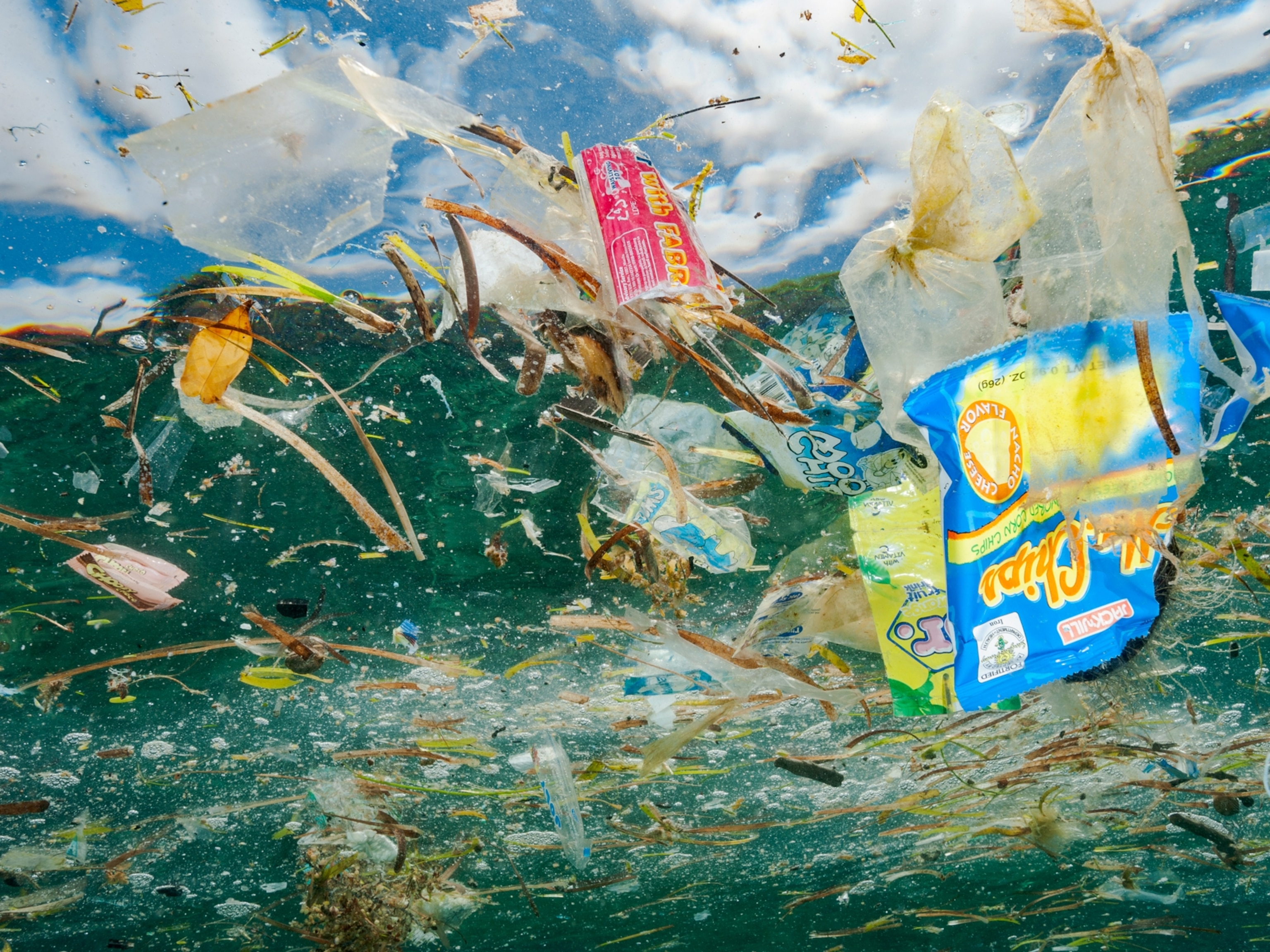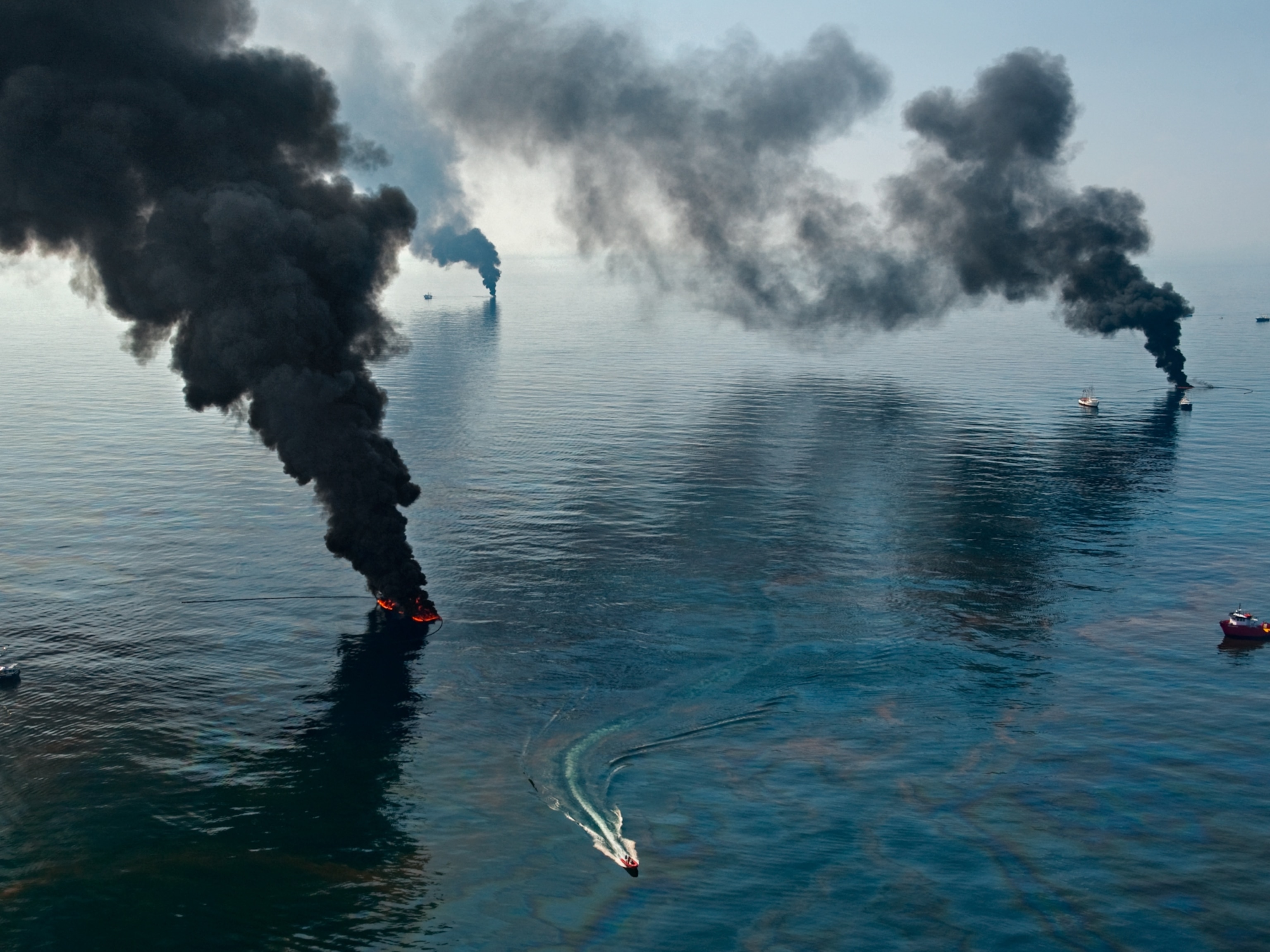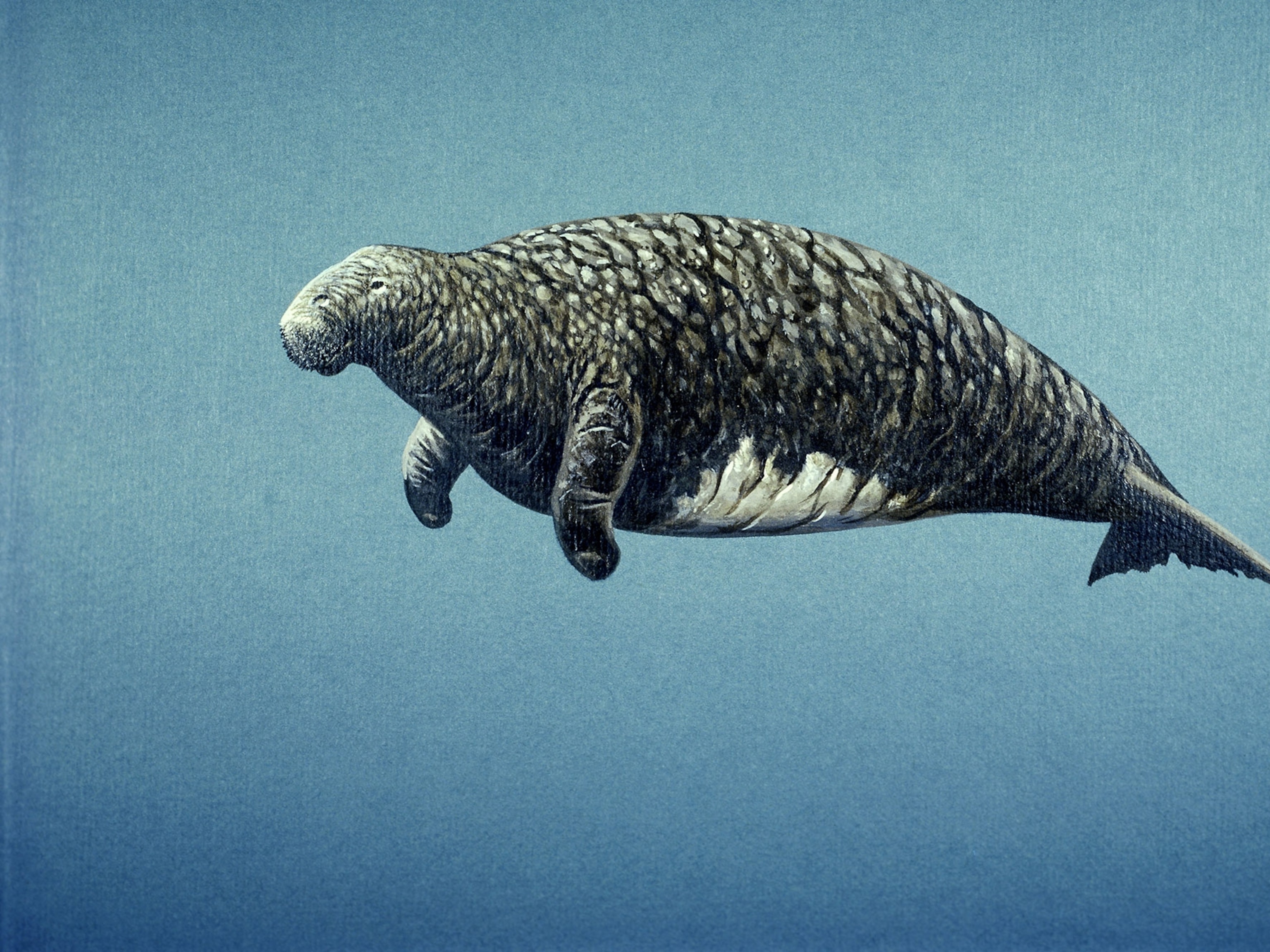In this bioluminescent Florida lagoon, glowing waters can be a warning
On a nighttime kayak tour, you can dip your hands into glowing water and learn why this ecosystem hangs in the balance.
It’s only a one-hour drive between Orlando’s theme park attractions and Kennedy Space Center in Cape Canaveral. The route crosses over one of the most biodiverse habitats in North America—but most people are unaware of the marvels in the waters around them.
Stretching for some 156 miles along Florida’s east coast, the Indian River Lagoon is an ecosystem of rare flora and fauna. And there’s something special in the water: Here you’ll find the most reliable display of naturally occurring bioluminescence in the United States.
The more sheltered northern reaches of the Indian River Lagoon, where the effect is strongest, is a dazzling destination for the whole family. Kayaking with an ecotour (or on your own), you can watch mullets streaking past like rockets—their underwater trails an Avatar-like shade of blue created by the lagoon’s unique algae. It’s an opportunity to learn about marine biology and the delicate balance of ecosystems.

As Florida’s population continues to skyrocket and pressures on this waterway mount—including the release of nutrients from septic tanks and stormwater runoff laden with fertilizers that can exacerbate algal blooms—the lagoon’s equilibrium is under constant threat. In fact, the very organism that produces bioluminescence can become harmful as soon as it blooms out of control.
“When these phytoplankton die, they are broken down by bacteria which actually use up oxygen. Low oxygen levels can lead to large scale die-offs in coastal fish populations,” says Yannis P. Papastamatiou, a Florida-based marine biologist and National Geographic Explorer. “Estuaries can be particularly sensitive to these events and these are areas which humans also can heavily rely on.”
Here’s how you can support local communities by experiencing the Indian River Lagoon for yourself, and what you need to know about its future.
The science behind the spark
A number of kayaking companies in Titusville and Fort Pierce take tourists out to paddle through bioluminescent waters during the summer months, when dark moonless nights present the best conditions for seeing it.
“I always tell people that the peak time to see bioluminescence, when it usually has the greatest intensity in the water, is when it’s most miserable to be outside in Florida,” says Austin Mahan, co-owner of A Day Away Kayak Tours in Titusville. He adds that the most rewarding feedback he gets comes from kids, who tell him they like the experience even better than the theme parks.
“July and August, when you walk outside at night and it still feels like 100 percent humidity and the bugs are at their worst—that’s usually the best time to be here to see it,” he says.
And the effect? Pure magic, says Mahan.

When conditions are brightest, you can see the glowing wake under transparent polycarbonate kayaks. With each stroke you can spot individual droplets of water dripping blue from your paddle and painting circles on the lagoon’s surface.
Edith Widder, CEO of the Ocean Research & Conservation Association in Fort Pierce and a MacArthur fellow, has studied bioluminescence for most of her career.
She says there are still many unknowns surrounding the factors that cause the algae to bloom during peak months of late summer, among other questions. What we do know, she says, is that bioluminescent dinoflagellates can be found in oceans and cold waters, but pyrodinium, the strain in the Indian River Lagoon, likes it warm.
(Find out more about how bioluminescence works.)
We also know the flash created by bioluminescent dinoflagellates when they’re agitated (by someone paddling through it, a passing predator, etc.) is a survival mechanism. Widder believes the meaning of the signal can vary between dinoflagellate species.


“Some produce a single, very dim flash, and in that case we believe it’s a warning to a predator, saying ‘I’m toxic,’” says Widder. Some dinoflagellates, including a strain of Pyrodinium bahamense in the Indian River Lagoon, can produce a potent neurotoxin called saxitoxin that can be harmful to fish and shellfish, due to paralytic shellfish poisoning.
(These are some of the best spots to see bioluminescence in the world.)
Although the same toxin can affect humans as well, “the usual exposure is from eating shellfish, either cooked or uncooked, that have accumulated the toxin,” says Widder, and not from touching the algae. In moderate cases, the illness can cause tingling and numbness in the face and neck, while more serious cases can lead to symptoms that spread to the extremities and cause respiratory issues.

One of the biggest unknowns about Pyrodinium bahamense in the Indian River Lagoon, Widder says, is why it produces saxitoxin sometimes, but not always—a question scientists are still studying.
Other dinoflagellates, like Pyrocystis noctiluca, also present in the Indian River Lagoon but in fewer numbers, produce many bright flashes, Widder says. She believes the flashes act as a sort of burglar alarm, drawing attention to the predator, which in turn draws the attention of larger predators who may be inclined to eat it. As a result, the dinoflagellate’s predator is either consumed or scared away, says Widder.
An ecosystem in peril
The ecological balance of the Indian River Lagoon is a delicate web under constant stress from human factors, exacerbated by Florida’s population growth, Widder says.
From 2020 to 2021, Florida had the second largest growth rate of all 50 U.S. states according to U.S. Census Bureau data. The state’s 14.6 percent population growth from 2010 to 2020 catapulted it ahead of New York as the country’s third most populous state, not including the millions of visitors who flood in for vacation and business.
“The number of people entering Florida every day is staggering,” she says. “There’s unbelievable construction and development and roads being built. And it’s all happening without environmental thoughtfulness.”

Nutrients from human-made sources, including septic tanks and fertilizers, have been blamed for feeding algal blooms that have wreaked havoc on the Indian River Lagoon, including 2016’s devastating brown algae bloom that killed off much of the lagoon’s vital seagrass habitats, according to Duane De Freese, executive director of the Indian River Lagoon Council and Indian River Lagoon National Estuary Program.
(Glowworms in Alabama put on a spectacular display.)
The lagoon’s bioluminescent Pyrodinium bahamense could also bloom out of control if fed by too many nutrients flowing into the environment from outside sources.
Algae blooms have also contributed to manatee starvation and impacted lagoon fisheries and the larger Indian River Lagoon economy, which is estimated to generate billions of dollars annually, says De Freese. He points to Old Tampa Bay, Sarasota Bay, and Biscayne Bay as having been similarly impacted.
The solution is putting the lagoon “on a nutrient diet”—especially by limiting nitrogen and phosphorus, says De Freese. This includes upgrading and maintaining wastewater treatment plans to accommodate the growing population and improving stormwater systems and sewer conversions.
Citizens, particularly those living on the water, can make an impact, too, he says, by cutting back on the pesticides, fertilizers, and herbicides they use on their lawns.
The Save Our Indian River Lagoon Program, a half-cent sales tax increase that Brevard County, Florida, residents passed into law in 2016, will bring in an estimated $489 million in revenue over ten years to put toward projects designed to reduce or remove excess nitrogen and phosphorus from the Indian River Lagoon.
“That’s a really good example of how having a robust economy can assist conservation,” says De Freese. “The public voted to tax themselves because this is an important program. That wouldn’t happen if we weren’t economically solid.”
Locals hope that visitors will also be inspired to help protect the lagoon’s unique ecosystem.
Widder says seeing the lagoon’s bioluminescence is an experience that often stays with visitors their whole lives. “They often count it as one of their peak experiences,” she says. “And that can’t help but have an impact on the desire to protect it.”
Planet Possible
Travel Planner
Be sure to prepare your family for the heat (pack water) and bring along eco-friendly bug spray. It’s best to wear light-colored long sleeves and pants to help keep bugs at bay. Operators usually provide glow sticks for paddlers to wear on their life jackets to keep any eye on everyone; they are a good idea for self-guiding paddlers, as well. You’ll probably get wet, so bring a change of clothes. It’s part of the fun.
For additional marine life experiences, visit the Smithsonian Marine Ecosystems Exhibit at the St. Lucie County Aquarium in Fort Pierce to see living models of six Florida marine and estuarine environments, as well as seagrass, mangrove, lagoon hardbottom, and nearshore reef habitat displays. Merritt Island National Wildlife Refuge offers ranger-led sea turtle nesting walks at night from June through August.
